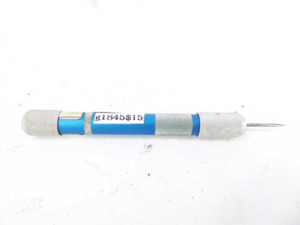

The resultant line will be the line you cut the panel to.įor cutting the panel please refer to our article How to cut melamine with no chipping. Keeping the scribing compass as horizontal as possible and holding the metal spike against the face of the skirting board/ceiling coving trace the countour of these so that the pencil draws the corresponding profile on to the face of the panel. Adjust the scribing compass so that it is as wide as the widest gap between the back wall and the back edge of panel – see Fig 3. In order to transfer the profile of a skirting board and/or ceiling coving to the panel use a pencil and a compass as any intricate detail or curved surfaces will be able to be followed more easily. How to scribe with a compass and a pencil The resultant line will be the line you cut the panel to. Holding one end of the timber block against the surface of the wall and the other end with the pencil attached against the face of the panel, carefully slide the whole jig up the wall so that the pencil transfers the contours of the wall on to the face of the panel. To the end of this jig securely tape a short pencil so that the tip of the pencil lead is just proud of the surface of the jig block – see Fig 3a. You will need to create a ‘jig’ from an offcut of MDF, MFC or planed timber that is equivalent in length to the widest gap between the wall and the panel – see Fig 2a. You may need to use some packers or props to keep the panel standing in place whilst you scribe it. Check again that the panel is vertically plumb on both faces. If skirting and/or ceiling coving is present place the panel as close to the back wall as possible so that its back edge is in contact with the skirting or coving (whichever one protrudes furthest from the wall surface). in line with vertical guide lines you have previously marked on the back wall at the point it is to be installed. The panel first needs to be cut to height so that it will fit accurately between the floor and the ceiling – see our article How to cut a full-height panel accurately to fit between floor and ceiling - Coming soon. It is these two methods that we shall describe below. There are also a number of other tools / devices that can make the scribing process a little smoother although it depends on the lengths you wish to go to in order to achieve the closest match between wall surface and the panel as to whether you use these:įor transferring the contours of a wall to a panel we favour the simple method of using a pencil and wooden blocks or plastic packers taped together and for transferring the profile of skirting board or ceiling coving a compass. The main tools required to scribe a panel, timber or shelf to a wall are:

#VERTICAL METAL SCRIBE FULL#
1-3mm, you may decide that filling the gap with caulk will give a satisfactory finish however, any gaps more than this width, or any running-in or -out of the wall from top to bottom more than 1-3mm over the full height really necessitates that the panel be scribed before fitting. To discover if your wall has an even surface across the area where you wish to fix a panel, simply place the face of a planed length of timber or the straight edge of a laminated panel vertically against it (or horizontally if fitting a shelf) – any uneveness in the surface will be indicated by gaps being visible between the wall surface and the edge of the timber, panel or shelf itself – see Fig 1b.

It may run in from top to bottom or vice versa – see Fig 1a. To discover if your wall is plumb place a long spirit level vertically against it – if the bubble is not exactly positioned within the centre of the indicator lines your wall is not plumb. Scribing a panel to a wall will be required if your wall is not absolutely plumb and straight. Testing if your wall is plumb and straight


 0 kommentar(er)
0 kommentar(er)
